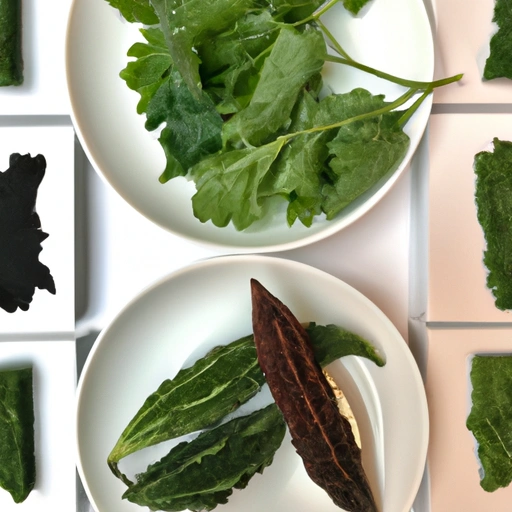Bitter
Description

Bitter is one of the five basic tastes and plays a critical role in balancing flavors in various culinary traditions around the world. While often overshadowed by the more popular tastes like sweet or salty, bitter ingredients can add complexity and depth to dishes, enhancing the overall dining experience. From the bitter zest of citrus in American desserts to the sharp bite of radicchio in European salads, this taste is an essential component of many recipes.
Common uses
Bitter ingredients are commonly used to stimulate appetite, aid in digestion, and balance out the richness or sweetness in a dish. They can be found in a variety of forms ranging from leafy greens to bitter melon, from coffee and cocoa to certain types of beer like IPAs.
Nutritional value
Calories
Caloric content of bitter ingredients can vary widely depending on the specific item. For instance, a cup of raw dandelion greens (about 55 grams) contains roughly 25 calories (104.6 kJ).
Protein
Protein levels in bitter ingredients are typically low, but for the same serving of dandelion greens, you can expect about 1.5 grams of protein.
Fat
Fats are generally minimal in bitter foods, but they can vary based on preparation. The raw greens themselves contain less than 0.5 grams of fat.
Carbohydrates
Carbohydrates in bitter foods like greens are mainly in the form of dietary fiber. For example, dandelion greens have about 5 grams of carbohydrates per cup.
Vitamins
Many bitter greens are high in vitamins, particularly vitamin A and vitamin C, which are important for immune function and vision.
Minerals
Essential minerals such as iron and calcium are often prevalent in bitter ingredients, contributing to their nutritional value.
Health benefits
The inclusion of bitter ingredients in a diet can support health in numerous ways, such as promoting better digestion, supporting liver function, and providing a range of vitamins and minerals necessary for overall health.
Potential risks
Excessive consumption of bitter foods, especially those that are not typically part of the diet, can cause gastrointestinal discomfort or interfere with medications. It's important to introduce bitter ingredients gradually and in moderation.
Common recipes
Bitter ingredients are featured in recipes like salads, stews, and beverages. They can be the star of the dish or used as a flavor accent.
Cooking methods
Methods like blanching, grilling, and roasting are often used to prepare bitter foods, as these techniques can help to mellow their sharp taste.
Pairing with other ingredients
Bitter ingredients pair well with fats like olive oil, sweet elements like honey, or acidic components like vinegar to create a balanced flavor profile.
Summary
Bitter ingredients, while challenging to some palates, are an essential part of cuisine around the world, offering both nutritional benefits and complex flavors. They can transform a dish when used properly and are a testament to the rich culinary traditions that embrace them.